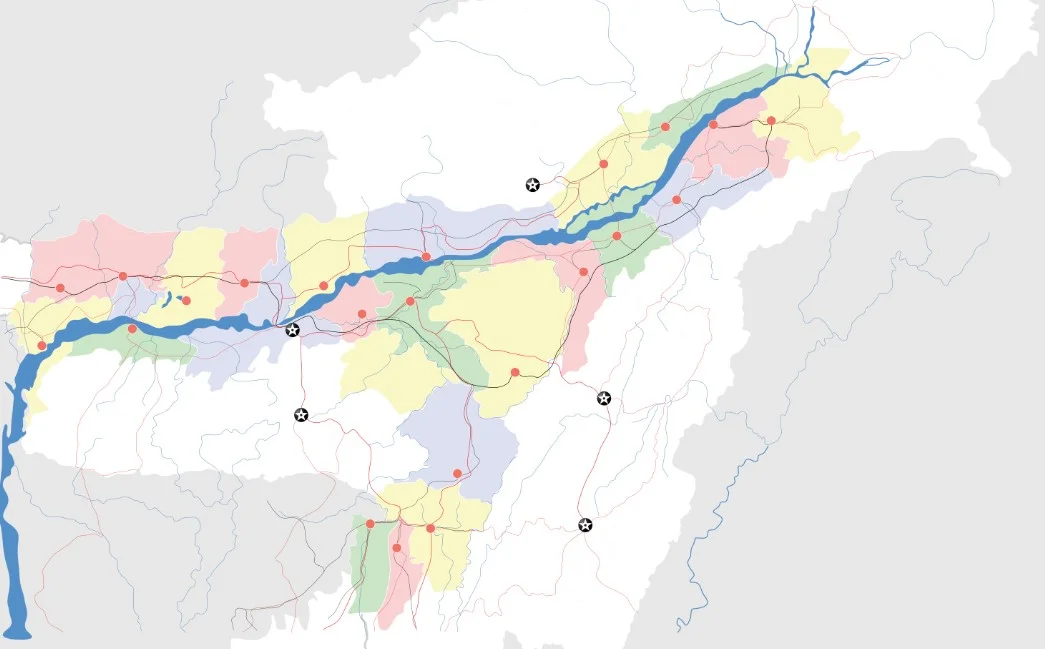Rainfall and Vegetation changes in India: Recent research has uncovered notable shifts in rainfall distribution across India during the decade from 2011 to 2020. The analysis, based on data from the Global Satellite Mapping of Precipitation (GSMaP-ISRO)—a joint effort between the Indian Space Research Organisation (ISRO) and the Japan Aerospace Exploration Agency (JAXA)—highlights both regional increases and decreases in rainfall across the country.
Regional Patterns in Rainfall and Vegetation Changes
The study highlights distinct regional differences in rainfall and associated vegetation changes across India. Over the past decade, west-central India experienced a significant rise in rainfall—approximately 2 mm per day—which coincides with notable vegetation growth in the region. In contrast, eastern India recorded a reduction of about 1 mm per day in daily rainfall. Meanwhile, the Indo-Gangetic Plain and southern regions observed modest increases, though these were less substantial than those seen in west-central India.
Vegetation Growth and Soil Moisture Trends
The enhanced rainfall in west-central India has gone hand in hand with a rise in vegetation density. This is reflected in the Normalized Difference Vegetation Index (NDVI) values, which rose from approximately 0.2 to 0.4, signaling healthier and denser plant cover. This surge in vegetation contributes to greater transpiration, which in turn feeds atmospheric moisture levels during the monsoon. Furthermore, an increase in soil moisture in this region aligns with the observed rainfall growth, reinforcing the link between vegetation health and rainfall behavior.
Changing Rainfall Timings
Another important trend is the shift in the timing of rainfall peaks. In the Indo-Gangetic Plain, rainfall peaks now occur 2 to 4 hours earlier than a decade ago. Conversely, west-central India has seen a 1 to 2 hour delay in peak rainfall. These temporal shifts are believed to be influenced by aerosol concentrations, which affect atmospheric conditions and, consequently, rainfall timing.
Role of Aerosols in Rainfall Modulation
High aerosol levels, particularly in the Indo-Gangetic Plain, are associated with earlier rainfall peaks. Aerosols interact with solar radiation by absorbing and scattering it, which alters atmospheric stability and promotes earlier rainfall events. The study proposes that such mechanisms could also be at work in other polluted areas, influencing precipitation patterns more broadly.
Broader Climate Implications
These insights enhance our understanding of India’s changing climate system. They underscore the value of monitoring vegetation cover and soil moisture as key indicators of shifting weather patterns. Moreover, the role of aerosols in shaping rainfall behavior calls for more focused research, especially in light of ongoing urbanization and industrial activity.












